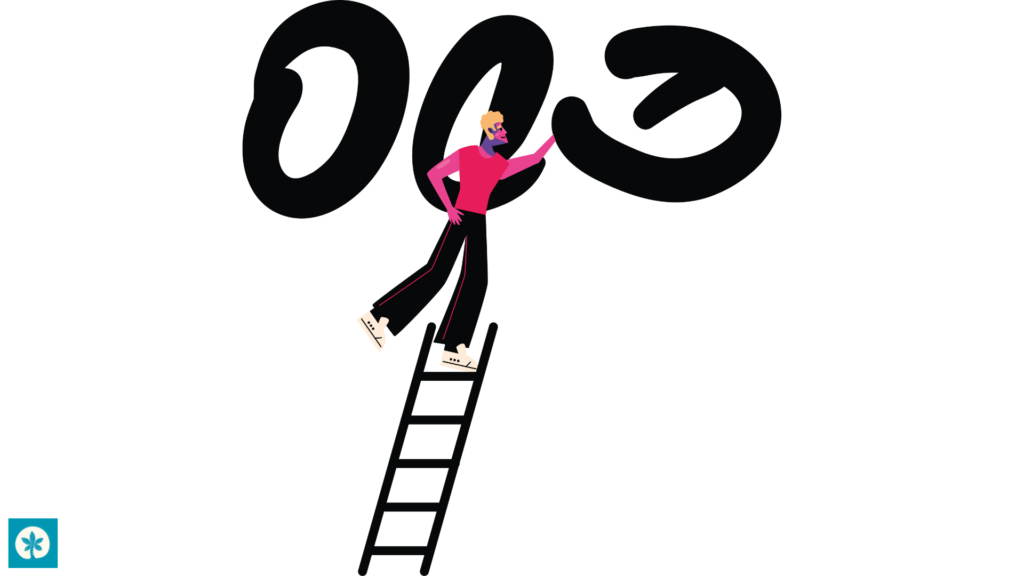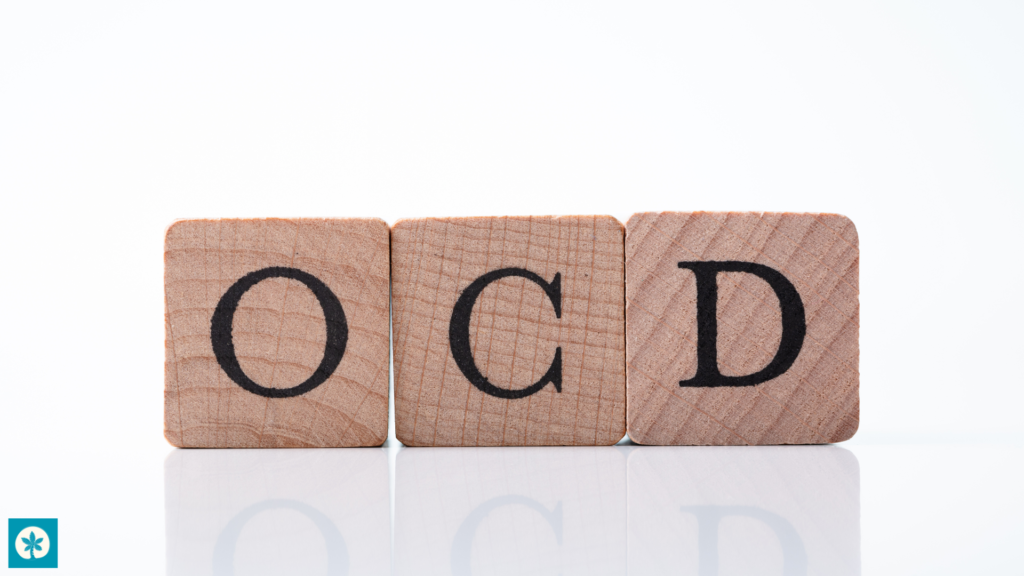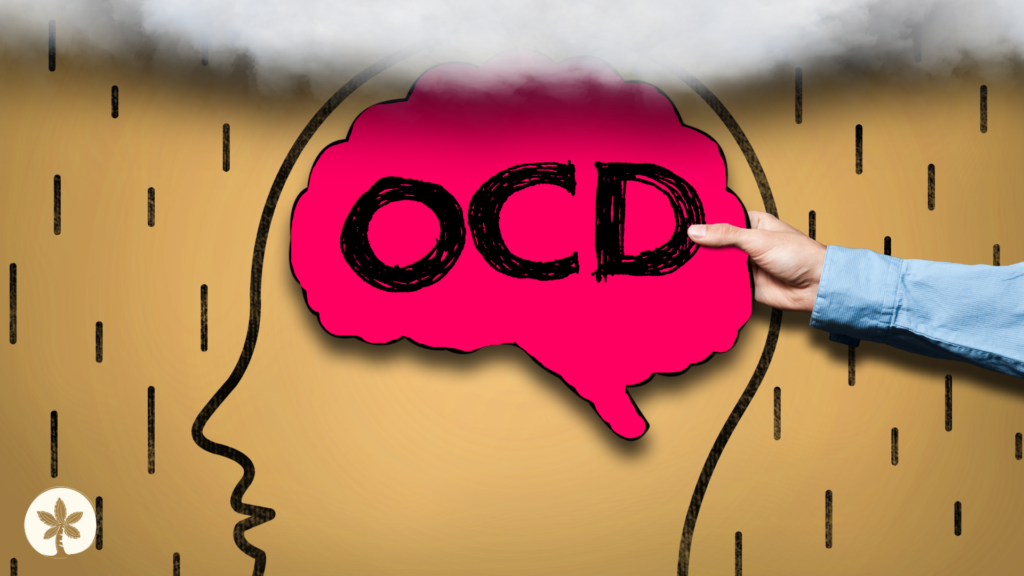Understanding OCD: Awareness and Facts
Obsessive-Compulsive Disorder (OCD) is a mental health condition that significantly impacts the lives of those affected, causing persistent distress and often hindering daily functioning. In the United States, OCD affects approximately 1.2% of adults, equating to about 2.3 million people. In Texas, this translates to roughly 350,000 individuals living with the disorder. Unfortunately, many people in Texas, particularly in underserved regions like the Rio Grande Valley, struggle to access the mental health services they need, leading to delays in diagnosis and treatment. With October being OCD Awareness Month, this post seeks to shed light on the realities of OCD, break down common myths, and encourage those experiencing symptoms to seek help. Early intervention can make a significant difference in the course of the disorder, allowing individuals to regain control over their lives. What is OCD? OCD is a chronic mental health condition marked by a cycle of obsessions and compulsions. Obsessions are unwanted, intrusive thoughts, images, or urges that cause significant anxiety or distress. Compulsions are repetitive behaviors or mental acts that a person feels compelled to perform to reduce the distress caused by obsessions. This cycle can consume hours of a person’s day and interfere with their social, academic, or professional life. Prevalence and Impact OCD is relatively common, with lifetime prevalence estimates ranging between 0.8% and 2.3% of the population. In Texas, the condition impacts many residents, with a significant number of cases remaining undiagnosed or untreated due to limited access to specialized mental health care services(Stanford Medicine). Research shows that OCD often begins in childhood or adolescence, and if left untreated, can persist into adulthood, causing debilitating effects. Myths vs. Facts There are several misconceptions about OCD that contribute to misunderstanding and stigma. Let’s debunk some of these myths: The Success Rate of Therapy for OCD OCD is a treatable condition, with cognitive-behavioral therapy (CBT) and Exposure and Response Prevention (ERP) being the most effective forms of treatment. ERP involves gradually exposing individuals to their fears without engaging in compulsive behaviors, helping them to reframe their responses and reduce anxiety over time. Research indicates that approximately 70% of individuals with OCD experience significant improvements through these therapies. Combining therapy with medication, such as selective serotonin reuptake inhibitors (SSRIs), can enhance the effectiveness of treatment and reduce symptoms further. Early intervention and adherence to a treatment plan can lead to long-term management of symptoms and an improved quality of life. Importance of Raising Awareness Raising awareness about OCD is crucial for several reasons: Treatment Options for OCD There are several treatment options available for OCD, including: Finding Help in the Rio Grande Valley For those living in Brownsville, Harlingen, McAllen, or other parts of the Rio Grande Valley, finding a therapist who specializes in OCD treatment is essential. Saname Counseling employs trauma-informed and EMDR-trained therapists who can support individuals struggling with OCD and help them on their journey toward healing. Additionally, online therapy options provide accessible support for those who cannot travel or prefer virtual sessions. Conclusion OCD is a complex condition that affects many Texans, often leading to severe distress and impairment. Understanding the disorder, debunking myths, and seeking appropriate treatment are critical steps toward recovery. If you or someone you love is struggling with OCD, reach out for help today. Remember, with the right treatment and support, it is possible to regain control and live a fulfilling life.
Understanding OCD: Awareness and Facts Read More »









